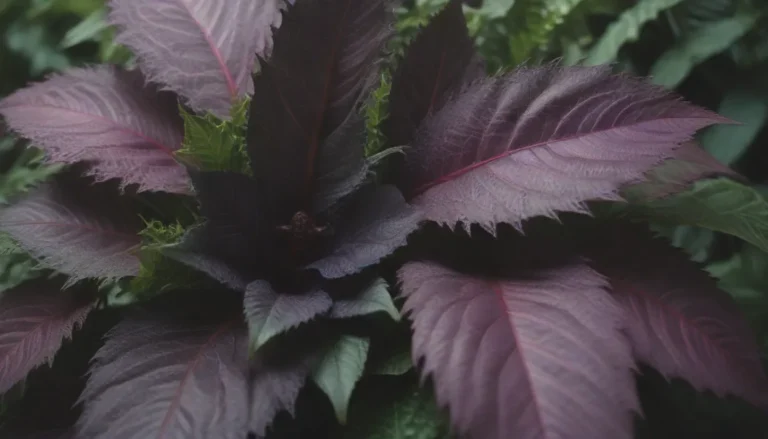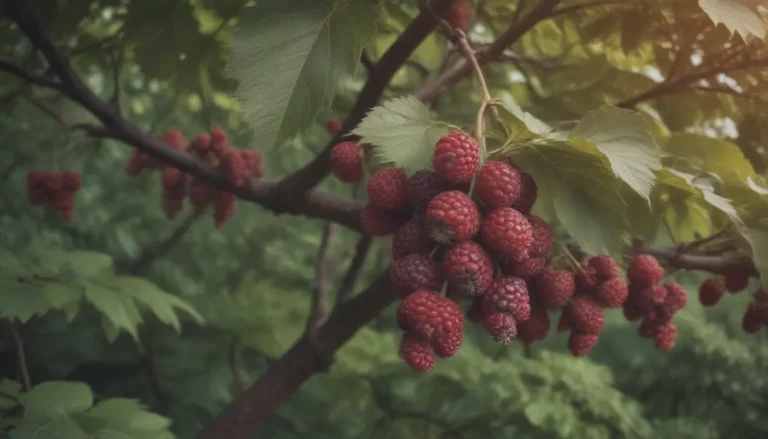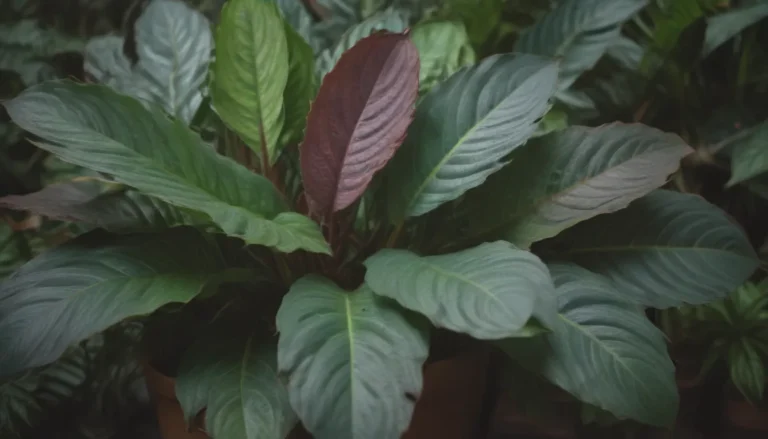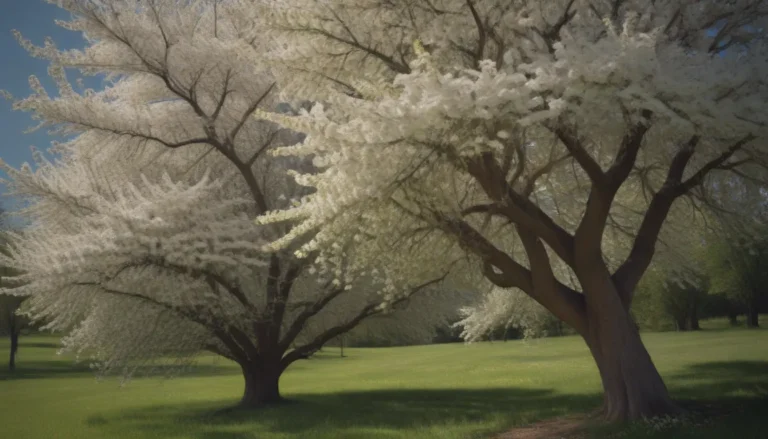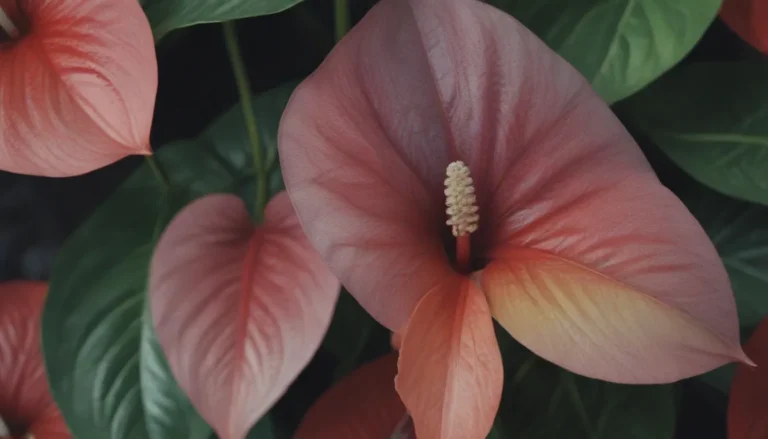Everything You Need to Know About Growing and Caring for Summer Shandy Hops

If you’re looking to add some vibrant greenery to your yard, Summer Shandy hops vines are an excellent choice. These fast-growing vines are part of the Cannabaceae family and are known for their stunning golden-to-chartreuse leaves. While they may not be the most well-behaved plants, their vigor and beauty make them a popular choice for many gardeners.
Planting Summer Shandy Hops
Plant Summer Shandy hops rhizomes in early spring for the best results. While they start off as foliage plants in spring and summer, female plants will bloom with cone-like structures called strobiles in the fall. The golden color of the new leaves is the main attraction, fading to chartreuse or light green as they age. The leaves are deeply cut into three lobes and have teeth along their margins. These vines can grow up to around 10 feet tall and are known to attract butterflies while repelling deer due to the prickles that cover them. Keep in mind that all parts of the hops plant are toxic to dogs and cats, so make sure to keep your furry friends safe.
Summer Shandy Hops Care
When it comes to caring for your Summer Shandy hops, providing them with the right conditions is key. These vigorous climbers need support to thrive, so consider training them up a post, trellis, wooden arbor, or pergola using twist-ties, string lines, or natural structures. They can also be used to dress up fences or screens to add privacy and beauty to your outdoor space.
Light
While Summer Shandy hops can tolerate lower light levels, they do best when grown in full sun. In northern climates, full sun is ideal, but in the South, a bit of shade in the afternoon can be beneficial.
Soil
Ensuring that your hops are planted in well-draining soil is essential. Work organic soil amendments into the ground to improve drainage and fertility.
Water
Keep the soil moist but not waterlogged throughout the growing season. Summer Shandy hops have average water needs and should be watered regularly to keep them healthy.
Temperature and Humidity
These hops plants thrive in USDA hardiness zones 5-9 and require a minimum of 150 frost-free days to flower properly. They do well in average humidity levels and are somewhat drought-tolerant.
Fertilizer
While hops can thrive in average soil fertility, they benefit from annual fertilization with compost to promote healthy growth and blooming.
Other Types of Hops
In addition to Summer Shandy hops, there are several other interesting varieties of Humulus lupulus hops plants to explore and add to your garden for variety and visual interest.
Pruning
Regular pruning is essential for Summer Shandy hops to prevent tangling and ensure proper airflow. Remove foliage from the lower part of the plant in midsummer and trim back any shoots that grow through the ground to keep the vines airy.
Propagating and Overwintering
Propagate Summer Shandy hops by dividing the rhizomes in late spring for new growth. Some growers choose to cut down hops vines after the growing season, while others leave them up to enjoy the winter interest provided by the attractive strobiles.
Common Pests and Diseases
Japanese beetles and aphids are common pests that may attack hops vines, but they are usually easy to manage with insecticidal soap. Summer Shandy hops may also be affected by black root rot, which can be remediated by ensuring proper drainage and pruning back any extra shoots.
In conclusion, growing and caring for Summer Shandy hops can be a rewarding experience for any gardener looking to add a touch of vibrant greenery to their outdoor space. With the right care and attention, these fast-growing vines can thrive and provide beauty throughout the seasons. Just remember to keep an eye out for pests and diseases, and enjoy the unique charm that these colorful hops vines bring to your garden.
